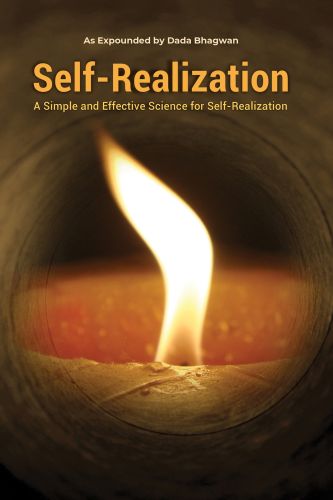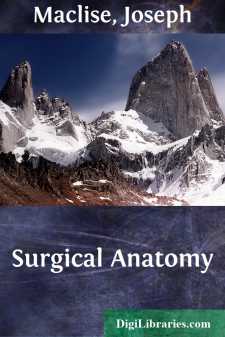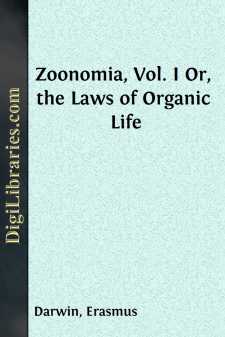Categories
- Antiques & Collectibles 13
- Architecture 36
- Art 48
- Bibles 22
- Biography & Autobiography 813
- Body, Mind & Spirit 142
- Business & Economics 28
- Children's Books 17
- Children's Fiction 14
- Computers 4
- Cooking 94
- Crafts & Hobbies 4
- Drama 346
- Education 46
- Family & Relationships 57
- Fiction 11829
- Games 19
- Gardening 17
- Health & Fitness 34
- History 1377
- House & Home 1
- Humor 147
- Juvenile Fiction 1873
- Juvenile Nonfiction 202
- Language Arts & Disciplines 88
- Law 16
- Literary Collections 686
- Literary Criticism 179
- Mathematics 13
- Medical 41
- Music 40
- Nature 179
- Non-Classifiable 1768
- Performing Arts 7
- Periodicals 1453
- Philosophy 64
- Photography 2
- Poetry 896
- Political Science 203
- Psychology 42
- Reference 154
- Religion 513
- Science 126
- Self-Help 84
- Social Science 81
- Sports & Recreation 34
- Study Aids 3
- Technology & Engineering 59
- Transportation 23
- Travel 463
- True Crime 29
A Treatise on Physiology and Hygiene For Educational Institutions and General Readers
Categories:
Description:
Excerpt
INTRODUCTION.
———•———
The Human Body is the abode of an immortal spirit, and is the most complete and perfect specimen of the Creator's handiwork. To examine its structure, to ascertain the uses and modes of action of its various parts, how to protect it from injury, and maintain it in a healthy condition, is the design of this work.
The departments of knowledge which are concerned in these investigations, are the science of Human Physiology and the art of Hygiene.
Physiology treats of the vital actions and uses of the various parts of living bodies, whether vegetable or animal. Every living thing, therefore, has a Physiology. We have a Vegetable Physiology, which relates to plants; and an Animal Physiology, relating to the animal kingdom. The latter is also divided into Comparative Physiology, which treats of the inferior races of animals, and Human Physiology, which teaches the uses of the various parts of the human body.
Hygiene, or the art of preserving health, is the practical use of Physiology. It teaches us how to cultivate our bodily and mental powers, so as to increase our strength and to fit us for a higher enjoyment of life. It also shows us how to prevent some of the accidents which may befall the body, and to avoid disease. It is proper that we should understand the construction and powers of our bodies; but it is our duty, as rational beings, to know the laws by which health and strength may be maintained and disease warded off.
There are various means by which we gain important information respecting the Physiology of man. Plants aid us in understanding the minute structure of the human body, its circulation, and absorption. From inferior animals we learn much in respect to the workings of the different organs, as we call those parts of the system which have a particular duty to perform. In one of them, as in the foot of the frog, we can study the circulation of the blood; in another, we can study the action of the brain.
By vivisection, or the laying bare of some organ of a living animal, we are able to investigate certain vital processes which are too deeply hidden in the human body to be studied directly. This is not necessarily a cruel procedure, as we can, by the use of anæsthetics, so blunt the sensibility of the animal under operation, that he need not suffer while the experiment is being performed. There are other means by which we gather our information. There are occasionally men, who, from some accident, present certain parts, naturally out of view, in exposed positions. In these cases, our knowledge is of much greater value than when obtained from creatures lower in the scale of being than man.
We are greatly aided, also, by the use of various instruments of modern invention. Chief among these is the microscope, which is, as we shall learn hereafter, an arrangement and combination of lenses in such a way as greatly to magnify the objects we wish to examine.
We have much to say of Life, or vital activity, in the course of our study of Physiology; but the most that we know of it is seen in its results....











